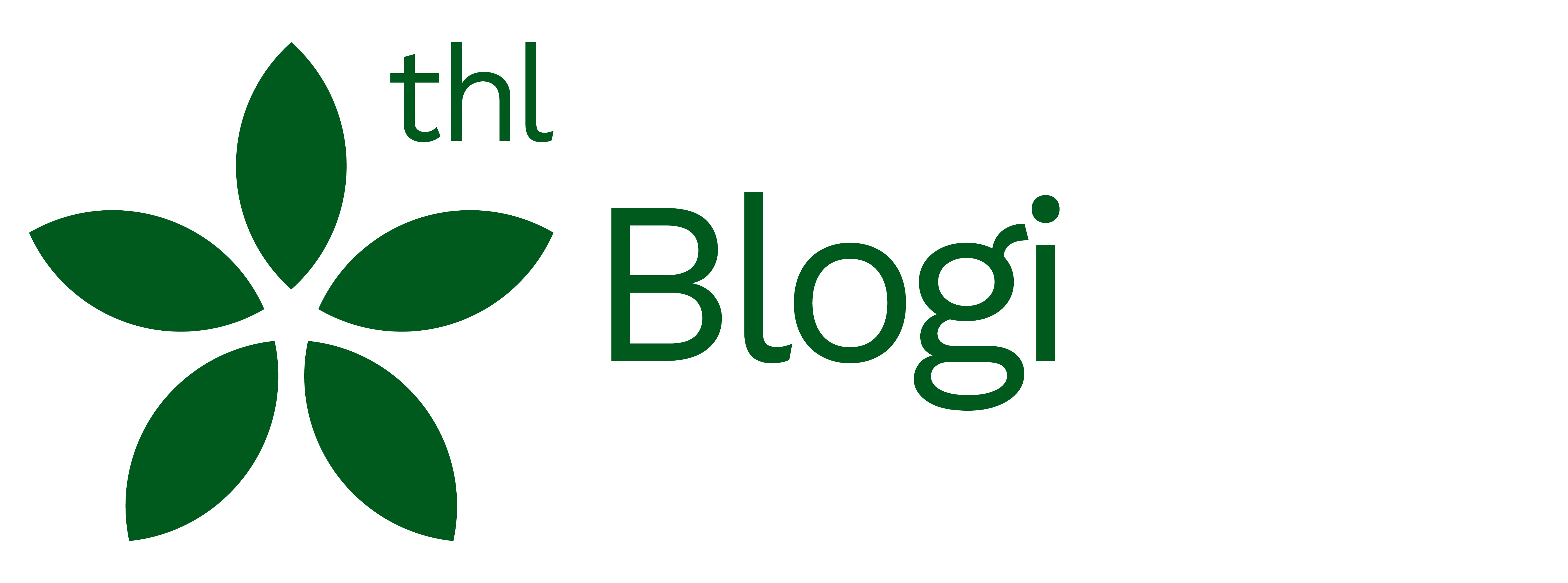The COVID-19 pandemic, which began in the winter of 2019, has created a great need for information among the population. Attempts have been made from the outset to respond to this need through various informative events and information sessions in both Finnish and Swedish languages. However, because nearly 433,000 people living in Finland do not speak Finland’s official languages as their mother tongue, some of these people were not reached through communication in Finnish and Swedish. In other words, the need for information in other languages was already apparent at an early stage of the COVID-19 pandemic.
In addition to the production of multilingual material, in an acute and constantly changing situation, a more fluent flow of information to different population groups was needed. In the spring of 2020, a Multilingual and Multichannel Corona Communications Task Force led by the Finnish Institute for Health and Welfare (THL) was established to promote these objectives. Since February 2021, the management and coordination of the task force’s activities has been part of the Building the Future project.
Based on the experiences of the multilingual and multichannel task force, we have collected three tips for efficient information flow and effective communication.
1. Cooperation increases the effectiveness of work
In addition to our own department, the Multilingual and Multichannel Corona Communication Task Force includes specialists from the Ministry of Social Affairs and Health and the Ministry of Economic Affairs and Employment. In the task force we have had professionals from the social and health care sector, communications, migration and cultural diversity and epidemiology experts.
Cross-organisational and multi-professional cooperation has helped us to take diverse perspectives into account. It has proven particularly helpful when planning communications. Combining networks of different actors has also made it possible to reach a wider audience.
Boldly ask different parties to participate in the cooperation. Although the person you first contacted was not able to help, they may still be able to help in mapping networks. Versatile cooperation can improve the flow of information, avoid duplication of work and aid in the sharing of expertise. Cooperation can also be used to generate new ideas and thoughts that would not have otherwise emerged when working with one’s own team.
2. Community dialogue is two-way interaction
A vital part of our work has been the regular consultation of key community members and organisations representing a culturally diverse population. As a result of our regular consultations, we have reached individuals and communities belonging to a target group that the authorities’ communications would not have otherwise reached. Organisations and key persons have played a major role in the planning and implementation of materials that meet the needs of communities. What is essential for this kind of cooperation is that authorities reach out to communities, accompanied by an interpreter if necessary, and strive for a genuine, equal dialogue.
It is a good idea to begin searching for key persons by clarifying one’s target group. When it is clear who you would like to reach, contact your audience members, organisations, religious communities or social media influencers. Often, a phone call can be a better way to reach a contact than an email. If necessary, it is advisable to use an interpreter already at this stage. Once you have reached your audience, schedule enough time for the discussion to allow everyone to participate on an equal basis. Listen with an open mind to the thoughts and ideas of the participants.
3. Co-creation spurs participation
We have also organised regular, national roundtables and co-creation meetings with social and health professionals, communicators and culturally diverse organisations. At the meetings, we have mapped out the various activities and needs of multilingual and multichannel communications and have started to prepare and implement solutions together. Different actors have also supported each other by sharing good practices with each other.
So involve your target group in the development of events or materials from the start. The feeling of participation increases trust between different actors and thus helps to create more effective activities. Co-creation also facilitates your own work in developing materials and marketing events. When materials and events are developed and designed together with the target group, they often respond better to their needs.
In community dialogue, co-creation and cooperation, the idea is always to be useful for all participants. The foundation for successful co-creation, community dialogue and cooperation is trust that is not created in an instant.
Good relations between population groups and effective cooperation lay the foundation for trust that will help us cope with future crises and exceptional situations.
Building the future (2021-2023) is funded by the European Social Fund (ESF).
